ANALOG PHOTOGRAPHY
Embracing nostalgia: Why the Canon F1 remains a photographer’s treasure.
The Canon F1 first caught my attention during a photography exhibition in Brittany, where I was captivated by a series of Mongolian photographs. When I learned that the photographer had used a Canon F1, it became a camera I couldn’t forget. A decade later, I still had the camera in mind. After a year and a half of searching, I found mine on eBay from a reseller in Japan—an almost perfect condition piece of history that’s as magical to use as I had imagined.
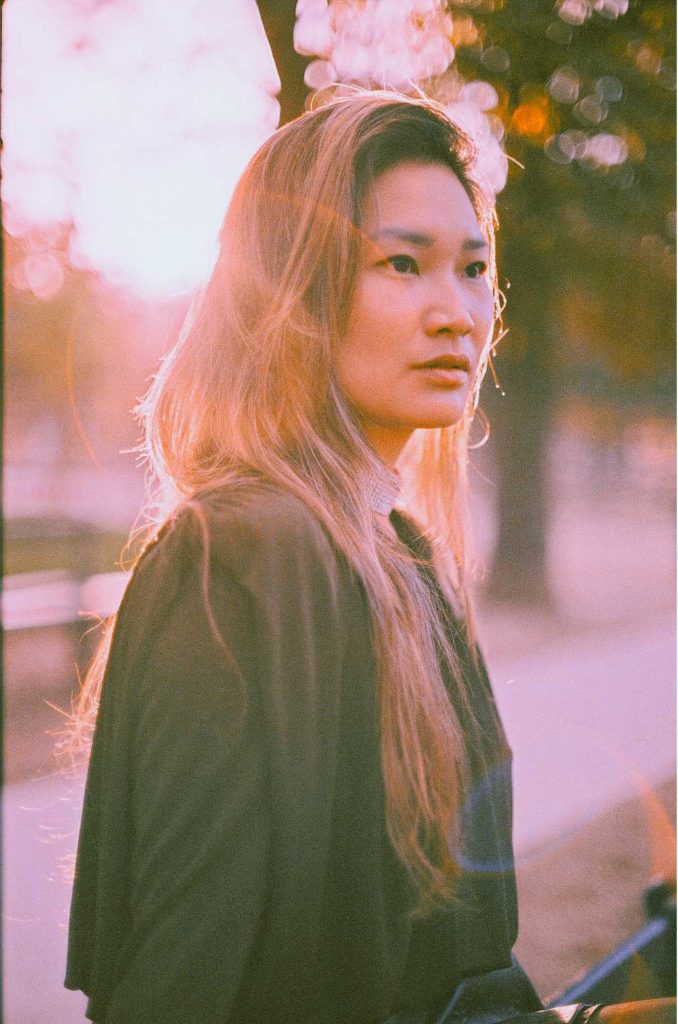
The Canon F1 vs. the Nikon F2: A professional rivalry
When the Canon F1 was released in 1971, it was designed to compete with Nikon’s professional-level cameras, specifically the Nikon F2, which was also introduced around the same time. Both cameras were built like tanks, offering a rugged, all-metal construction designed for photojournalists and professionals who needed reliability in extreme conditions.
The Canon F1 had a few distinct advantages, such as a slightly faster flash sync speed of 1/125th of a second compared to Nikon’s 1/90th of a second. It also featured a larger viewfinder, which made it easier for photographers to compose their images, especially in fast-paced environments. However, the Nikon F2 had a more advanced metering system that performed better in low light, and its shutter mechanism was known for being incredibly durable, even more so than the F1’s.
Ultimately, both cameras were heavily favored by professionals across various fields, from war photography to fashion.
The Canon F1 has been used and praised by several renowned photographers over the years. For instance, legendary sports photographer Walter Iooss used the Canon F1 High-Speed Motor Drive to capture some of his most iconic sports images, including portraits of athletes like Michael Jordan. Looss highlighted how the F1’s fast shooting capabilities, especially at 14 frames per second, made it an ideal tool for capturing split-second action shots during events like slam dunks. His work, especially in sports photography, showcases the reliability and speed of the Canon F1, making it a favorite for high-stakes moments .
.
Similarly, photographer Mathieu Stern described the Canon F1 as one of the best 35mm film cameras ever made. Stern appreciated the camera’s durability, describing it as being “built like a tank” and perfect for withstanding tough environments.
The modularity of the Canon F1
One of the most impressive features of the Canon F1 is its modularity. It was designed to be adaptable, with interchangeable parts like the viewfinder, which can be removed to allow for waist-level shooting. This flexibility provided photographers with new angles and compositions, creating an almost surreal experience when looking through the reversed image in the viewfinder. The F1 also supports various motor drives and accessories, including data backs that could record information directly onto the film, further elevating its professional appeal .
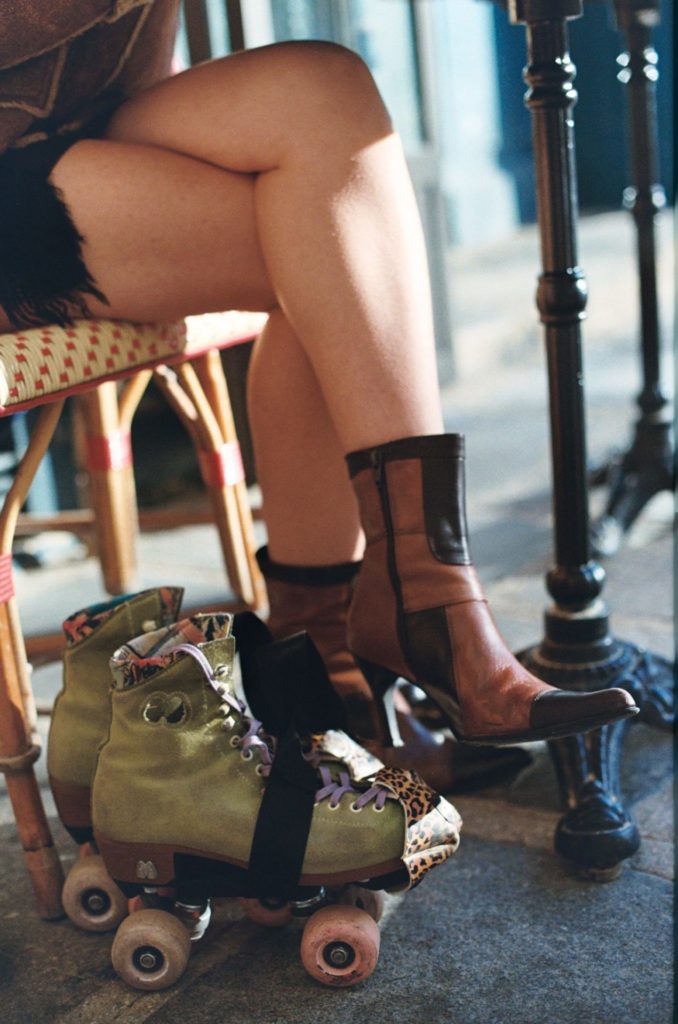
My early beginnings as an amateur photographer
My love for analog photography didn’t start with the Canon F1, but with an earlier Canon model during my time as a student. At 18 years old, I began my photographic journey by taking courses at the Beaux-Arts in Rennes. The theme of one of my early assignments was to describe myself in my environment, which led me to spend over three years immersed in the world of street art. At that time, street art was misunderstood and often disrespected, so my goal was to change the perception of it by capturing its artistry through my lens.
Back then, I bought my first semi-automatic Canon EOS, likely an EOS 50, around 2001-2002. I chose to shoot on film, and it became my first love in photography. Learning to master the settings was key, as I wanted to avoid mistakes and optimize each shot, knowing I would need to develop every photo and buy the film—though, admittedly, film was much cheaper at the time. The process forced me to trust my instincts and improve my technical skills, which laid the foundation for my later love of film photography.
Although I eventually shifted towards digital photography, my early experiences in film photography solidified my passion for the craft. It’s what sparked my dedication to mastering the analog process, and the Canon F1 brings me back to those formative years with its precision and tactile experience.
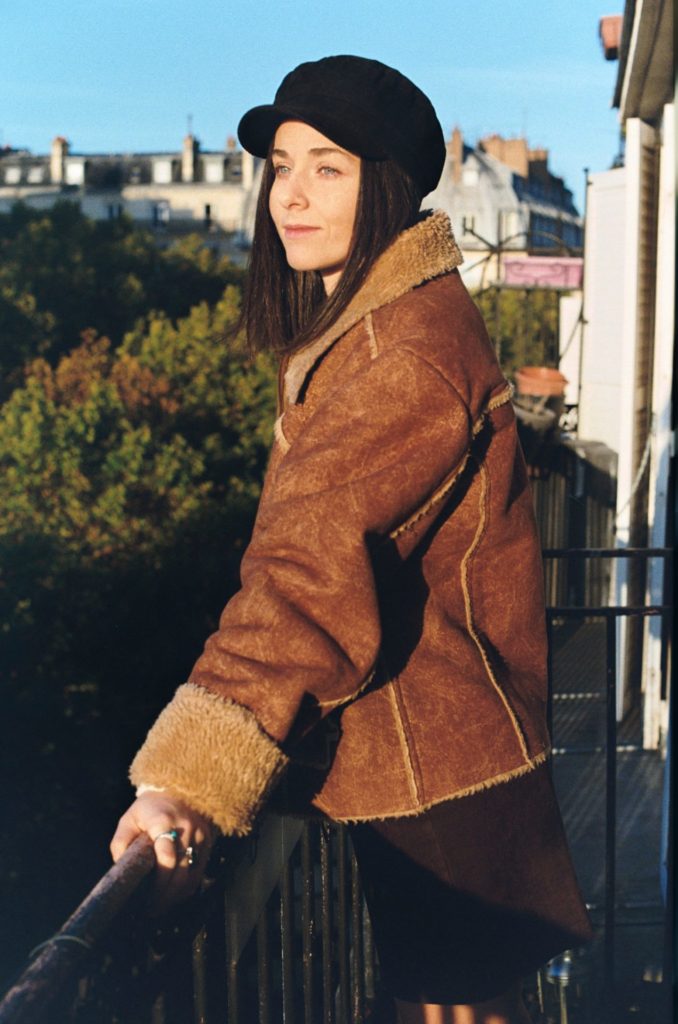
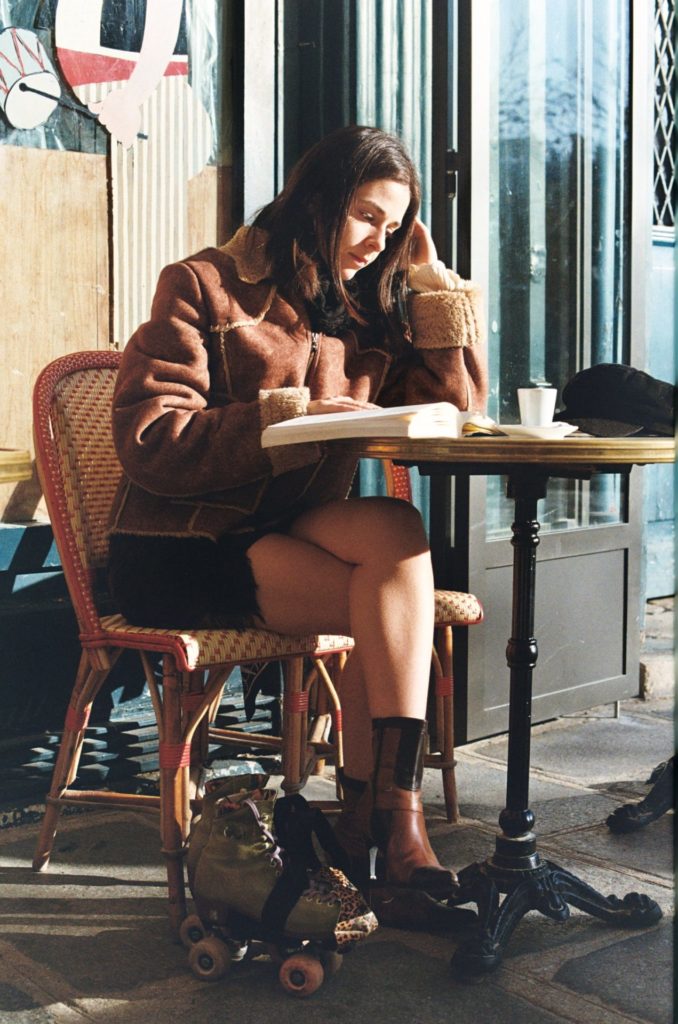
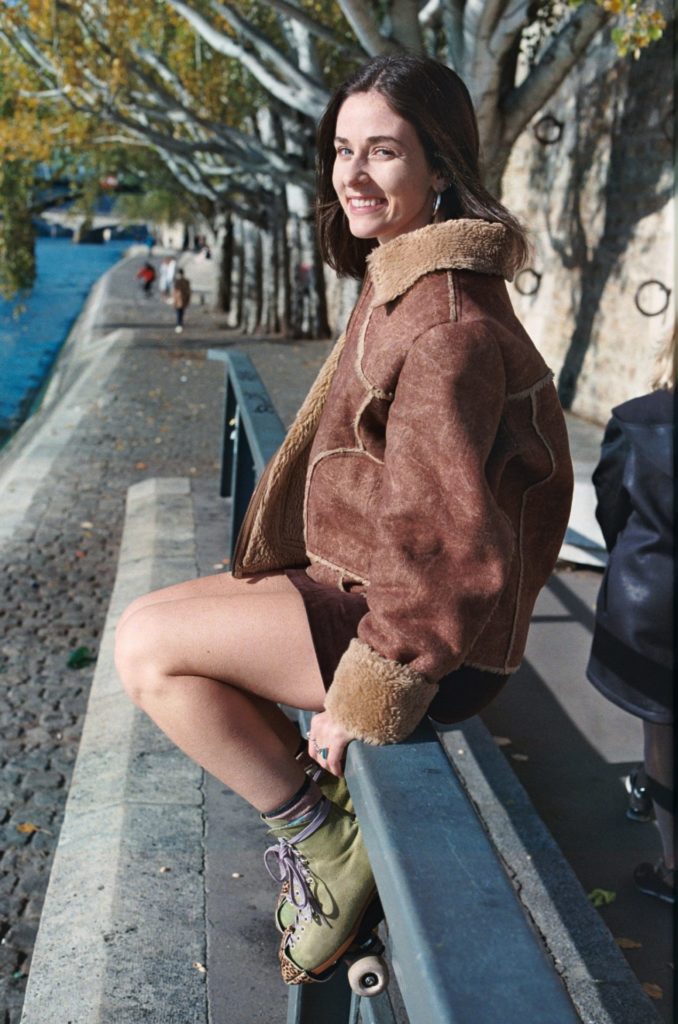
A journey with the Canon F1
Since acquiring the Canon F1, it has been part of some of my favorite analog photography projects, particularly a series I shot in the roller-skating community. The camera is heavy and built to last, but it’s not always easy to carry alongside my other gears, like my Mamiya C330 and my Canon 5D Mark II. Each time I use the F1, I am reminded of its durability and precision, even decades after its release. I even experimented with some expired film rolls during other sessions, which added an element of unpredictability to the final results. You can read the article I wrote about that experience here.
Canon F1’s place in photography history
Photographers like Don McCullin used the Canon F1 to capture iconic images, particularly during conflicts such as the Vietnam War. Its reputation as a reliable, robust camera is still celebrated today by collectors and professional photographers alike. Despite modern digital advancements, the Canon F1 remains a favorite among analog enthusiasts who appreciate its craftsmanship and the nostalgic beauty of film.
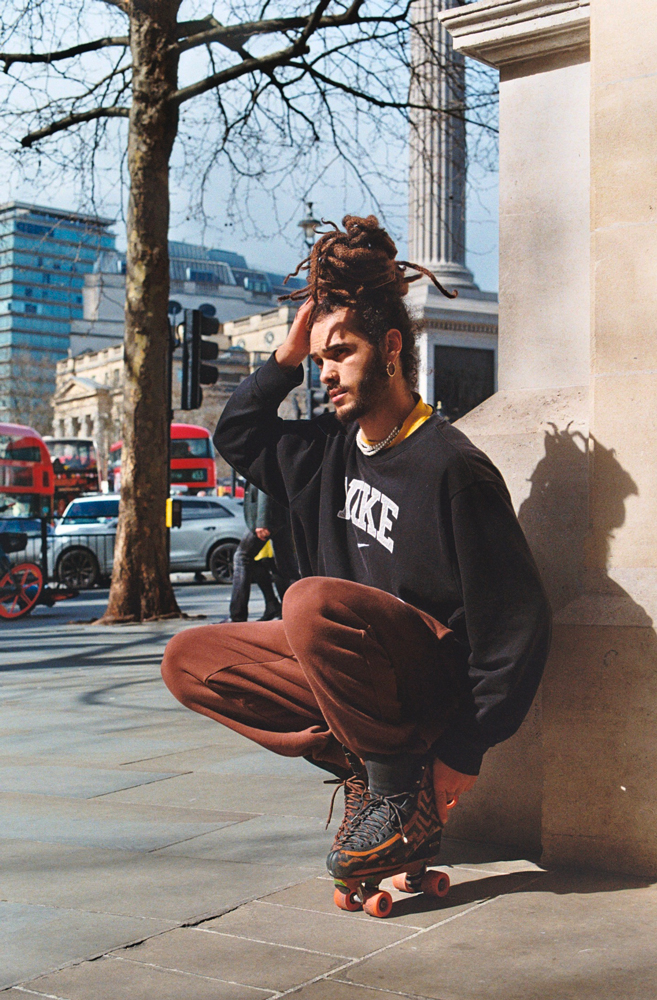
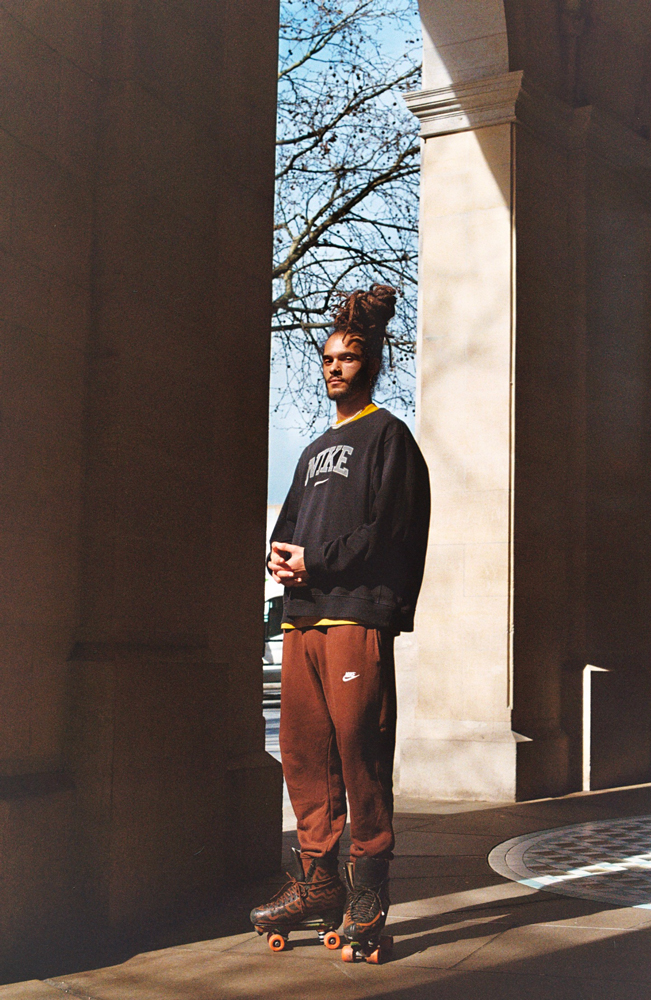
For me, using the Canon F1 has been more than just working with a camera—it’s been a connection to a rich history of photography. Despite its weight and the financial considerations that come with shooting film, every frame taken with the Canon F1 feels like capturing a moment of timeless quality.
Playing with expired films:
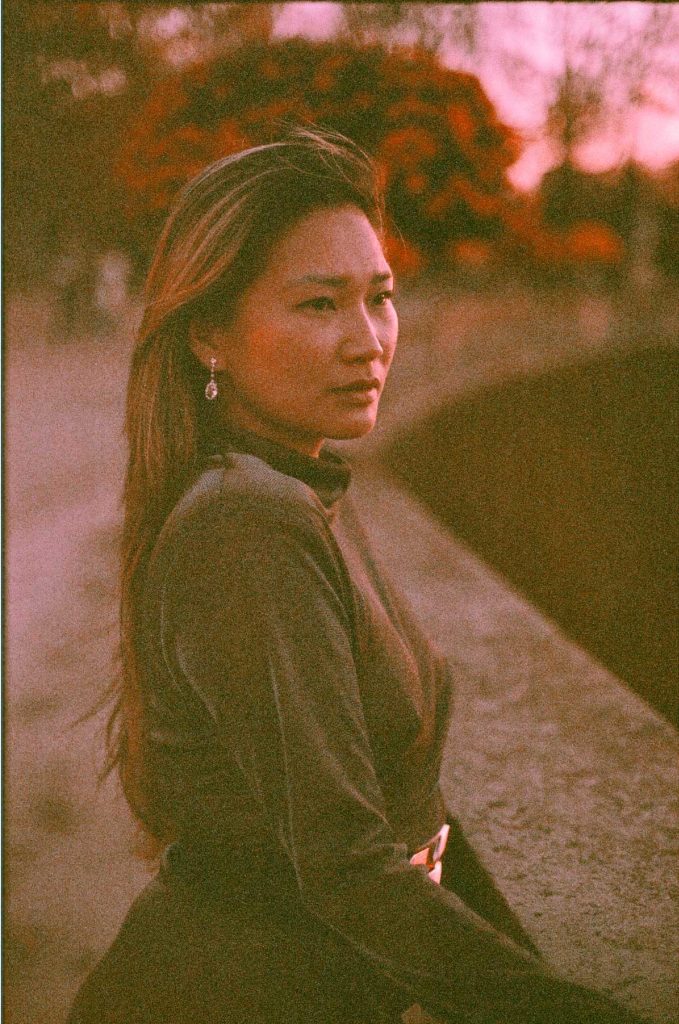
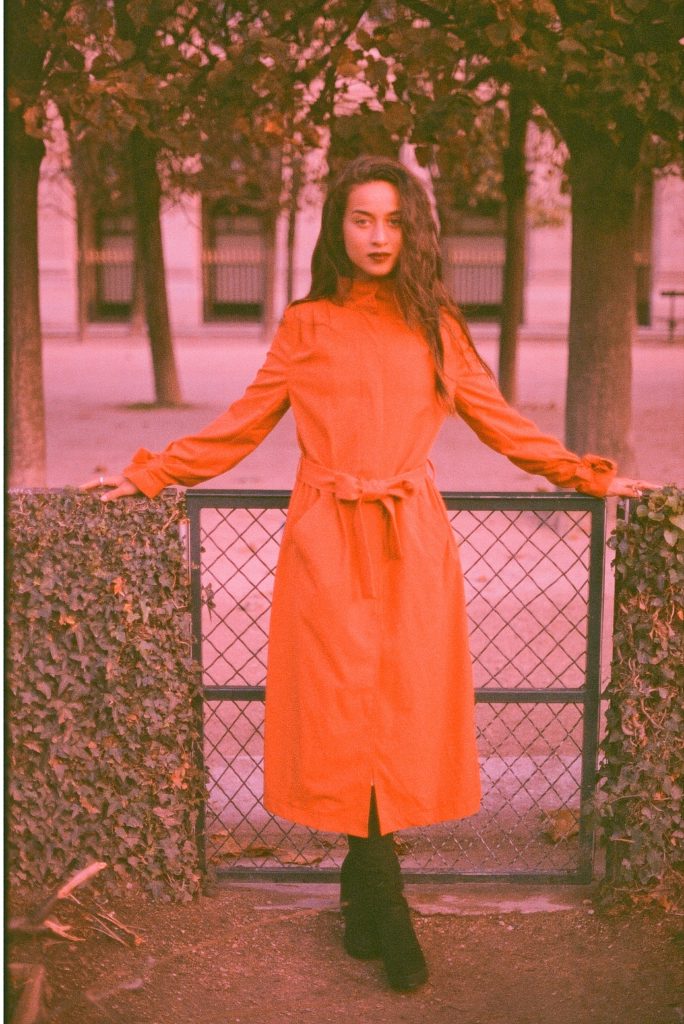
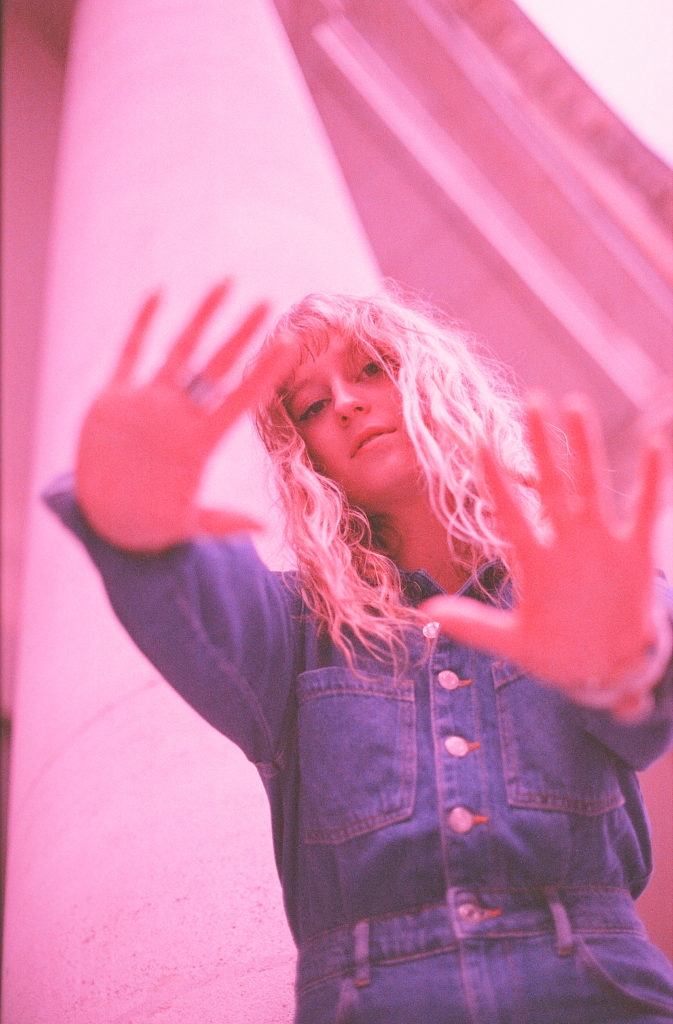
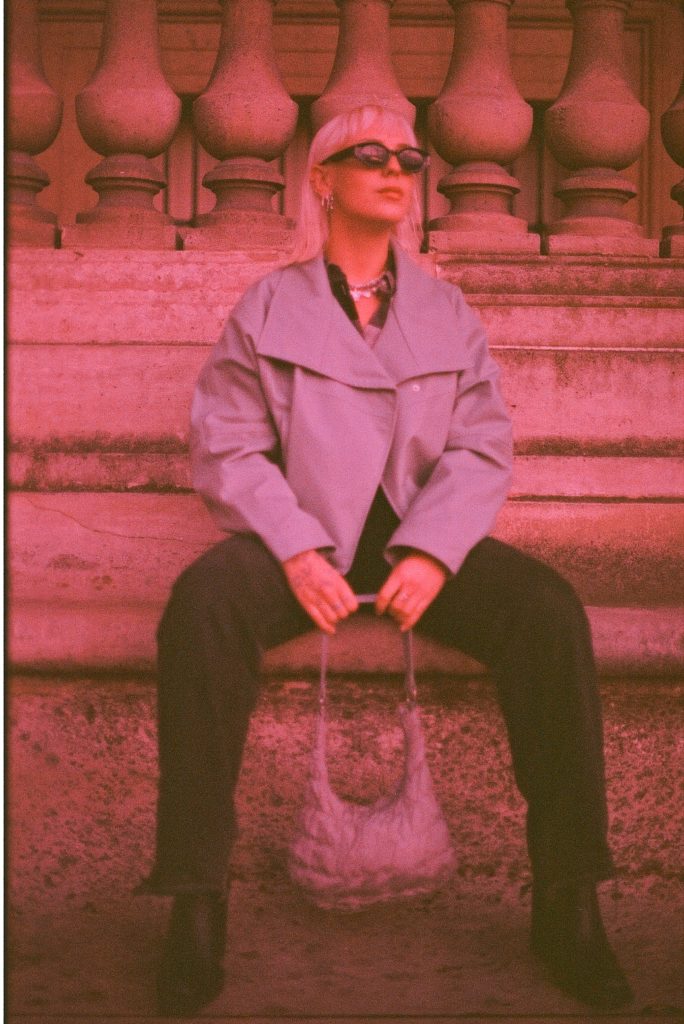
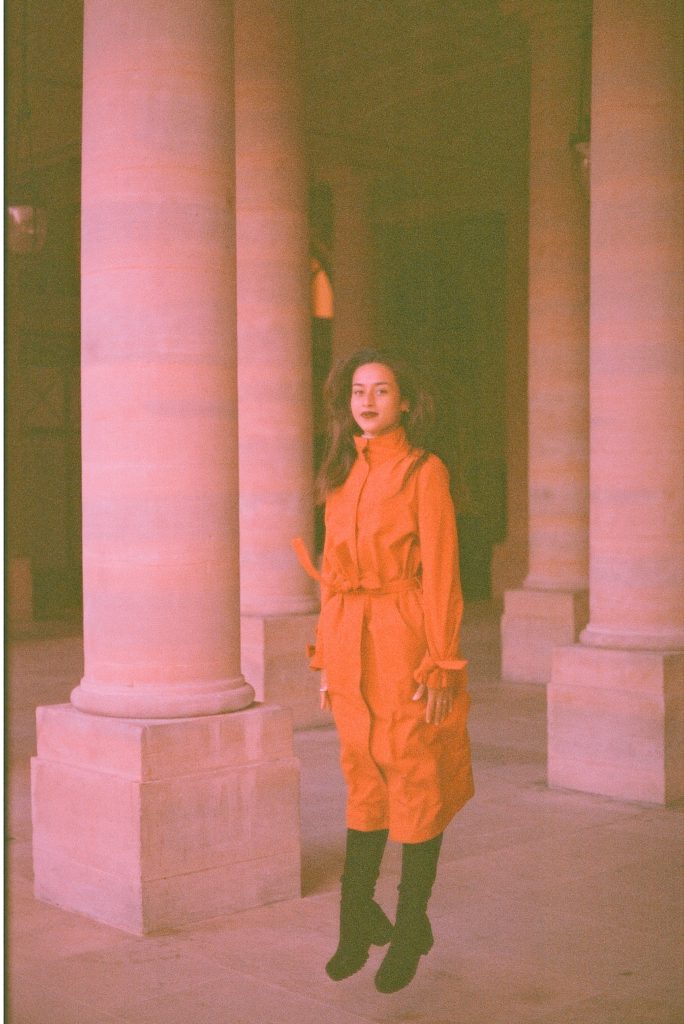
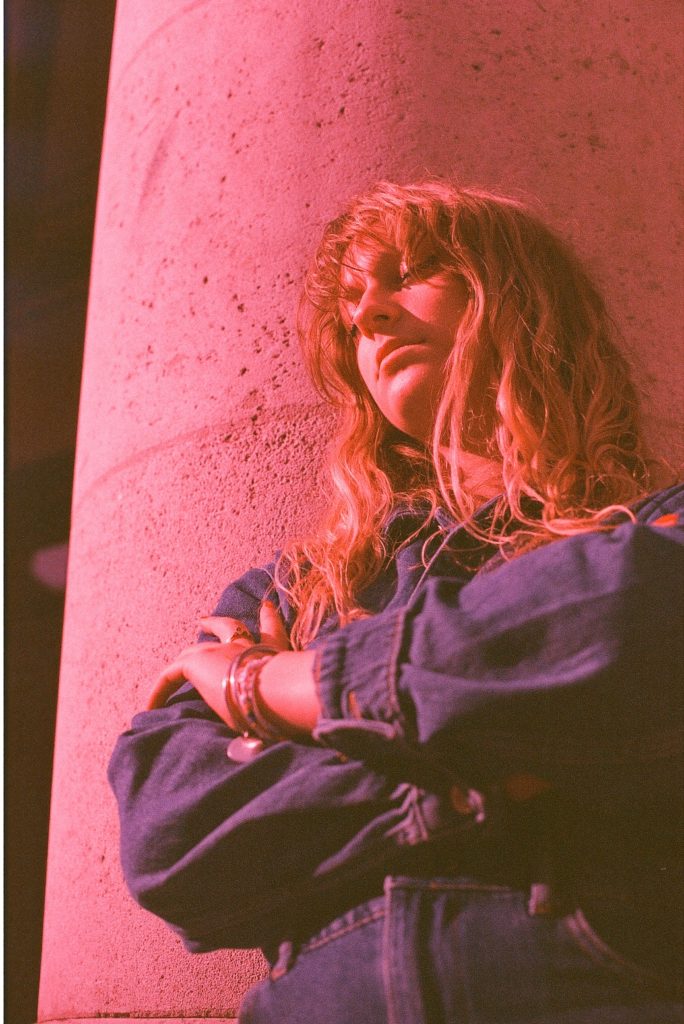

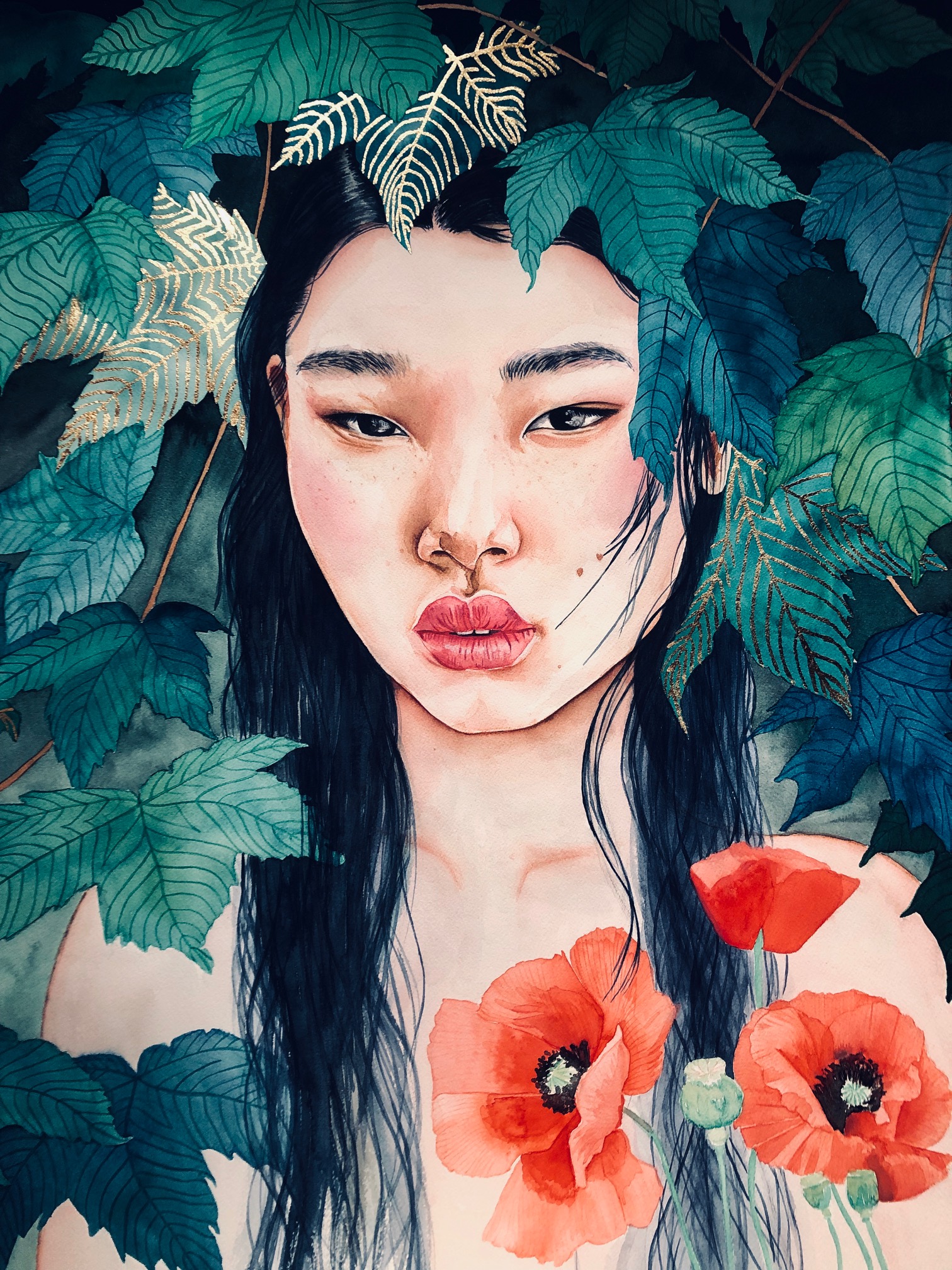

Leave a reply